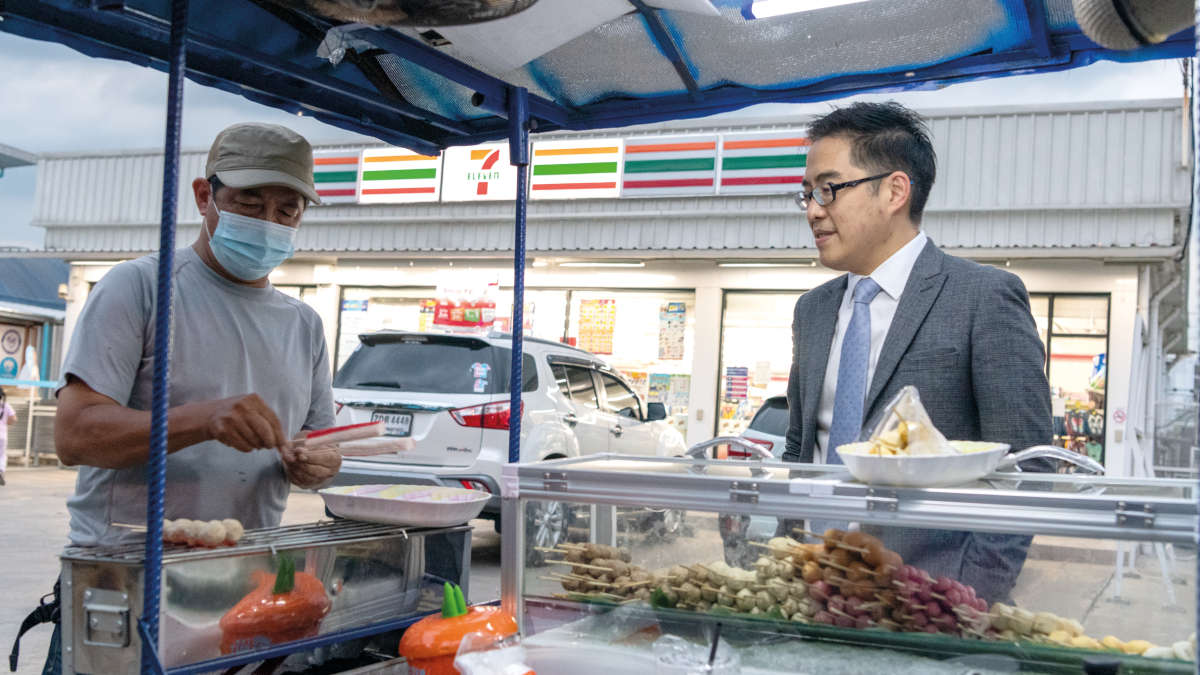
More than 40% of the population in Southeast Asia has one of the genetic mutations responsible for thalassemia, a blood disorder of low hemoglobin production. Despite their prevalence, blood disorders have received limited research attention, especially in resource-limited countries like Thailand. It is challenging since different blood disorders can present similarly but require different treatments. Vip Viprakasit,M.D., pediatric hematologist, wants to bring his patients diagnostic certainty - and improved outcomes - through molecular testing.
A lot of people in Southeast Asia suffer from chronic hemolytic anemia due to a globin gene abnormality.
Vip Viprakasit,M.D., Pediatric Hematologist, Department of Pediatrics & Thalassemia Center, Siriraj Hospital
Patients with jaundice had been diagnosed with thalassemia because it is very common. But I did not see any mutations in the globin genes in these patients.
Vip Viprakasit,M.D., Pediatric Hematologist, Department of Pediatrics & Thalassemia Center, Siriraj Hospital
That was the starting point of my discovery of the new genes causing the same phenotype. By using NGS, genomic technology, we discovered Krüppel-like Factor 1.
Vip Viprakasit,M.D., Pediatric Hematologist, Department of Pediatrics & Thalassemia Center, Siriraj Hospital
August 2022


